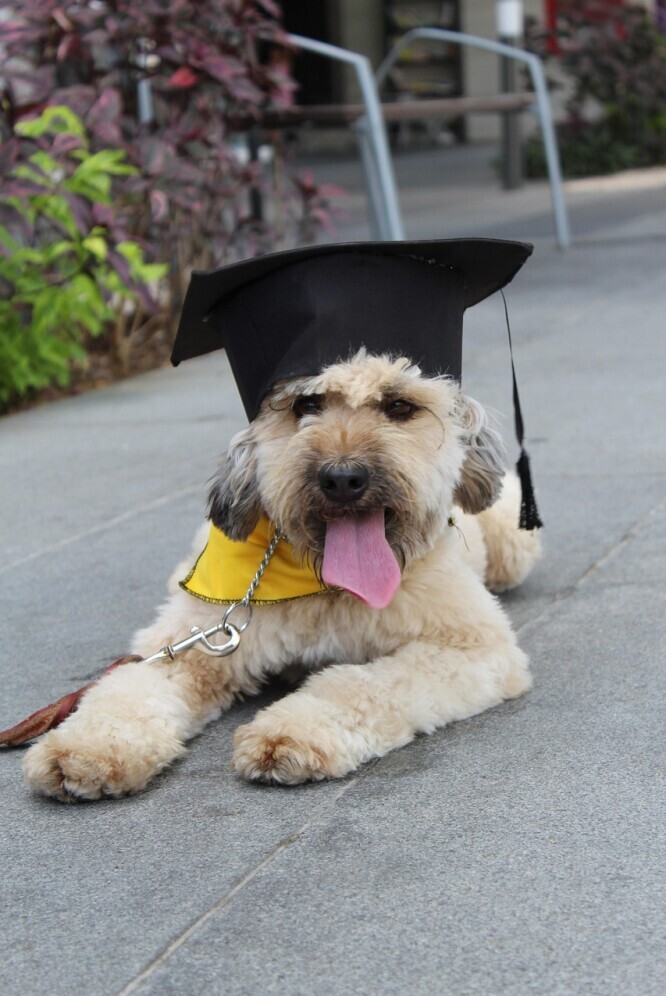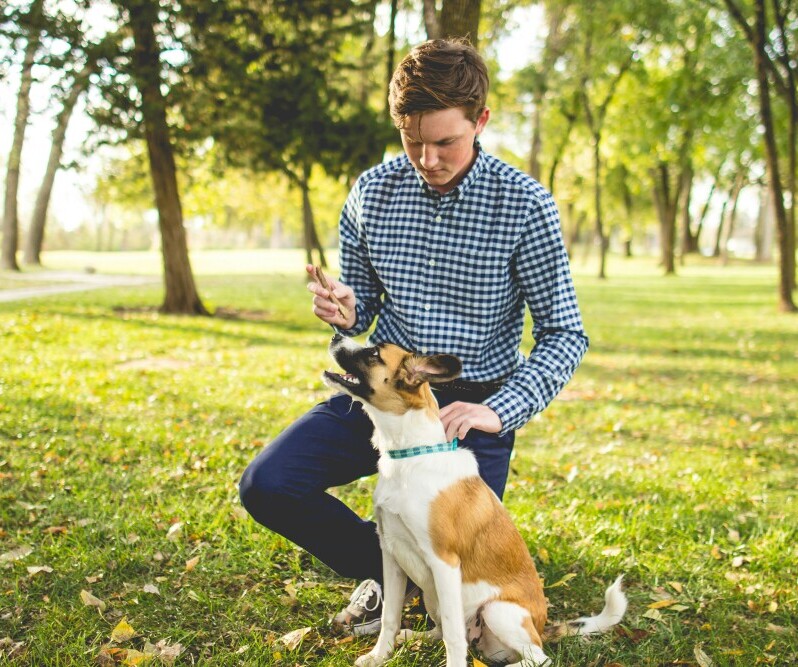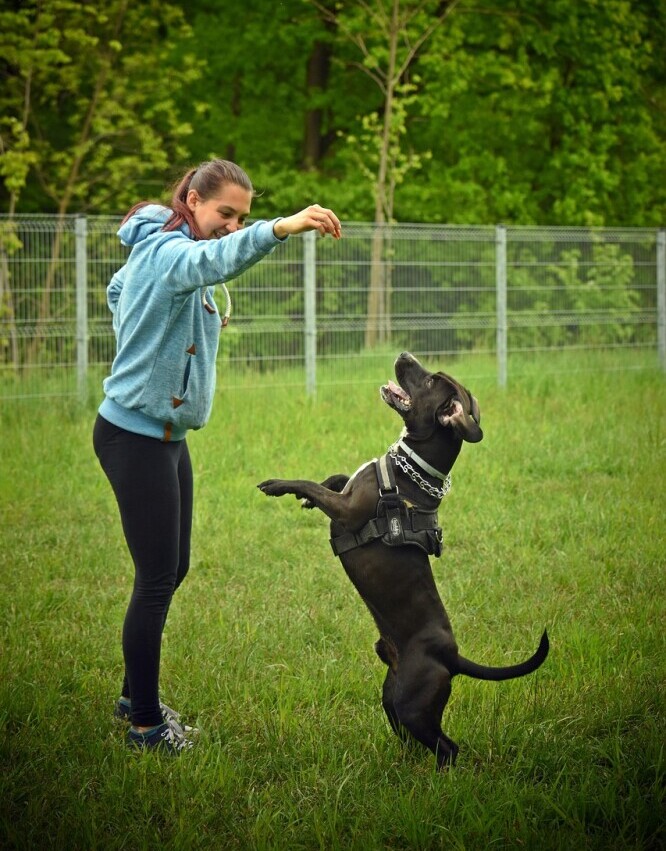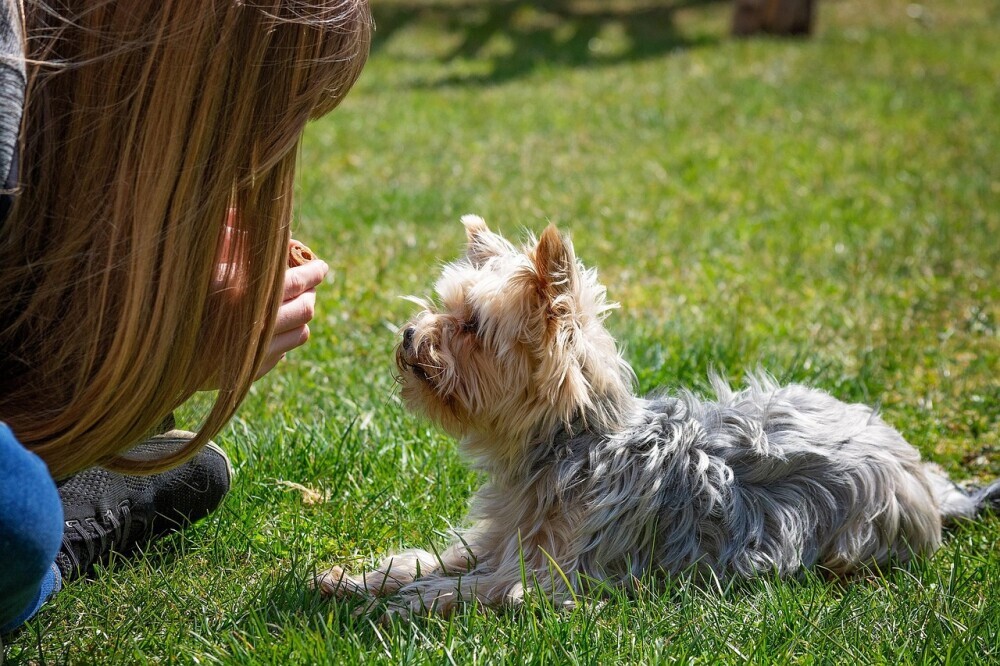
Training your dog isn’t just about teaching tricks; it’s about building a relationship based on trust and respect. And we want to help you do just that. We’re giving you 10 of the most common mistakes that owners make when training their dog.
At the heart of successful dog training are two key ingredients: patience and dedication. Dog training takes time, but every moment spent is an investment in a harmonious life together. The more time you spend teaching them, the closer of a bond you will have.
Establishing consistency is crucial in training. Dogs thrive on routine and repetition, so sticking to the same commands and expectations helps them learn faster.
Consistency creates clarity, allowing your dog to understand exactly what’s expected. Don’t let the dog misunderstand your intentions, make sure they know what you are trying to tell them. Make the lesson simple and easy to learn, while rewarding them when they get it right.
Understanding your dog’s behavior is also a game-changer. Every breed and even every individual dog can have unique traits and tendencies. Observing your dog’s reactions and body language can offer clues into what training methods might be most effective.
This isn’t just about teaching commands, but about communicating in a way that your dog can understand and respond to. This is a conversation between you and your dog with body language and vocal commands that they respond to.
The basics of dog training are all about setting a clear foundation from which to build. By establishing trust, consistency, and understanding your dog’s needs, you’re paving the way for not just a well-trained dog, but also a happier and more fulfilling companionship.

Overcoming the Top 10 Common Dog Training Mistakes
Dog training might seem straightforward, but there are some pitfalls that even seasoned trainers can fall into. These mistakes can make sessions frustrating for both you and your furry friend. Understanding these common missteps is the first step in avoiding them. Here are the top 10 mistakes we see new owners make:
- Inconsistent commands are often at the top of the list. Switching up the words or gestures you use for the same action confuses your pup. Pick commands and stick to them; consistency breeds understanding. Let your dog know what you want it to do clearly.
- Another frequent mistake is forgetting about positive reinforcement. Celebrating your dog’s achievements, no matter how small, encourages them to repeat good behavior. A treat or a simple “good job” can make a big difference. Dogs thrive on pleasing their owners, so make sure to reward them to keep them wanting to do it.
- Impatience is another hiccup many trainers face. Progress can be slow, but rushing can set you back. Give your dog time to process and learn, celebrating small victories along the way. Every dog is different, so let them learn at their own pace.
- Avoid using harsh punishments. While you might want to curb bad behavior quickly, harsh punishments can harm the trust between you and your dog. Instead, focus on positive corrections and redirections. Being too harsh can make your dog distrust you, which will give you the opposite of what you want.
- Missing out on early socialization is a missed opportunity. Introducing your dog to a variety of people, environments, and other animals from a young age can prevent behavioral issues down the line. Let your dog experience noises, people, and other dogs. This will keep them from being fearful and untrusting as they grow older.
- Every dog’s needs are unique, so what works for one may not work for another. Customizing training to suit your dog’s individual needs respects their personality and learning style. Get to know how your dog learns best and gear your training towards that.
- Training in distracting environments might slow learning. A quiet, familiar space helps your dog focus better as they learn new skills. Keep the session free from distractions so your puppy can focus on the training.
- Watch out for inadvertently reinforcing unwanted behaviors. Sometimes, giving attention—positive or negative—can reinforce what you want to avoid. And once again, remain consistent. Always give the same positive or negative reaction to the same behaviors so that it doesn’t become confused
- Solid, clear goals for each training session are key. Without them, progress may stall as both you and your dog lose direction. Try to focus on one command or trick a session. Don’t overwhelm them with trying to teach them too much at once.
- Finally, persistence pays off. Many give up too soon, missing out on the benefits of consistent training. Stick with it, and the results will follow. Some dogs take longer to catch on, but the extra time will be worth it to have a dog that obeys and listens to you.

Effective Strategies for Avoiding Dog Training Pitfalls
Consistency is your best friend when it comes to training. Keep your commands and expectations steady, so your dog knows exactly what you want. This reliability makes learning easier and faster for them.
You’ll be saving yourself much time and effort by simply remaining consistent in your commands and your reactions to their behaviors. It will be much harder for a dog to do what you want if it doesn’t understand what you want.
Positive reinforcement is powerful. Celebrate wins with treats, praises, or playtime, showing your pup that good behavior gets rewarding attention. It’s amazing how a little positive feedback can encourage proper conduct.
Setting realistic goals is vital. Training takes time and patience. Aligning your objectives with your dog’s current capabilities will help you both enjoy the process and reduce frustration. Make it clear what you want them to do, and make it just one thing at a time.
Socialization is crucial to raising a well-adjusted dog. Introduce them to different environments, sounds, and people. This exposure helps them adapt to new situations smoothly, reducing anxiety and unwanted behavior.
Every dog is unique. Tailor your methods to suit their personality, age, and breed. Some dogs might need a gentler approach, while others might thrive on more structured disciplines. Going through training will help you get to understand their learning habits.
A calm environment is incredibly helpful during training. Minimize distractions, helping your dog concentrate and retain their lessons more effectively. A quiet space gets the best out of your training sessions.

Enriching the Training Experience for Both You and Your Dog
Training is more than teaching commands; it’s a chance to build a stronger bond. Each session is a moment for connection, enhancing your mutual understanding and trust.
Use training to improve communication with your dog. As you both learn each other’s signals, your relationship deepens, making everyday interactions smoother and more rewarding.
Keeping a positive attitude keeps training enjoyable. Dogs pick up on your enthusiasm, which boosts their eagerness to learn and try new things.
Track progress and celebrate small achievements. Every success, even the tiniest, deserves recognition. It encourages you both and sets up for bigger wins ahead. You are in this together, so celebrate the success of the training with them.
Getting help isn’t a setback. Sometimes professional guidance provides new insights or techniques that you might not have considered. It can kickstart progress when you’re feeling stuck.
We hope this helped put you on the right path when it comes to training your dog. With these tips you should be well on your way to having successful training sessions and an eager pup that obeys. And all the training will pay off big time for the bond that you’ll make.
